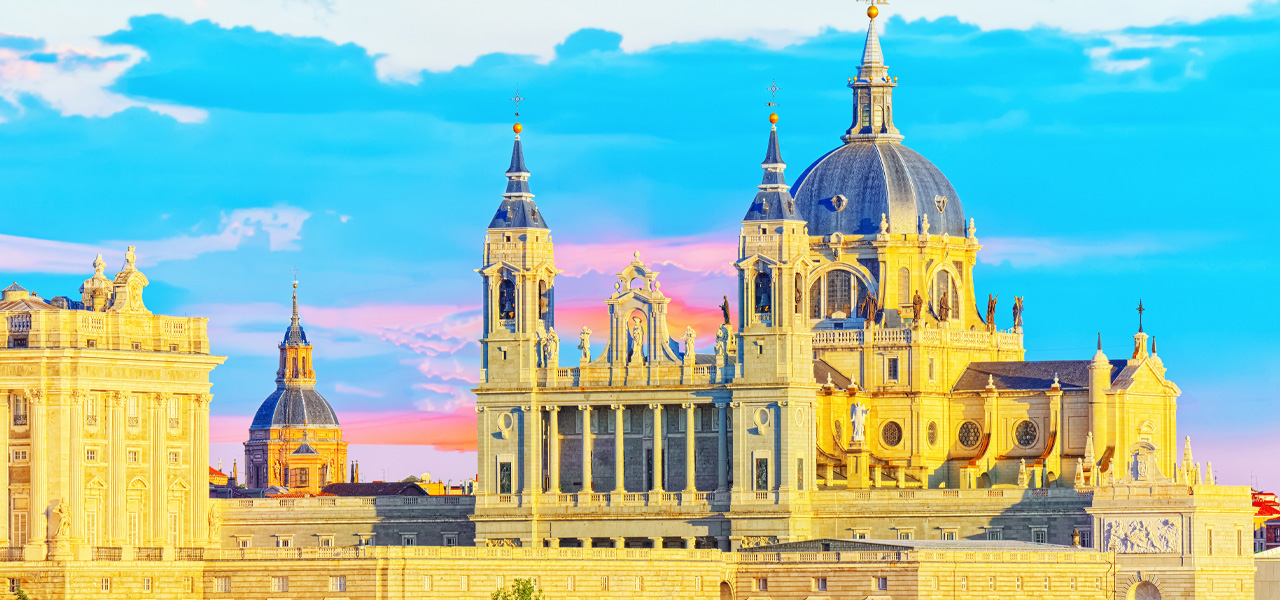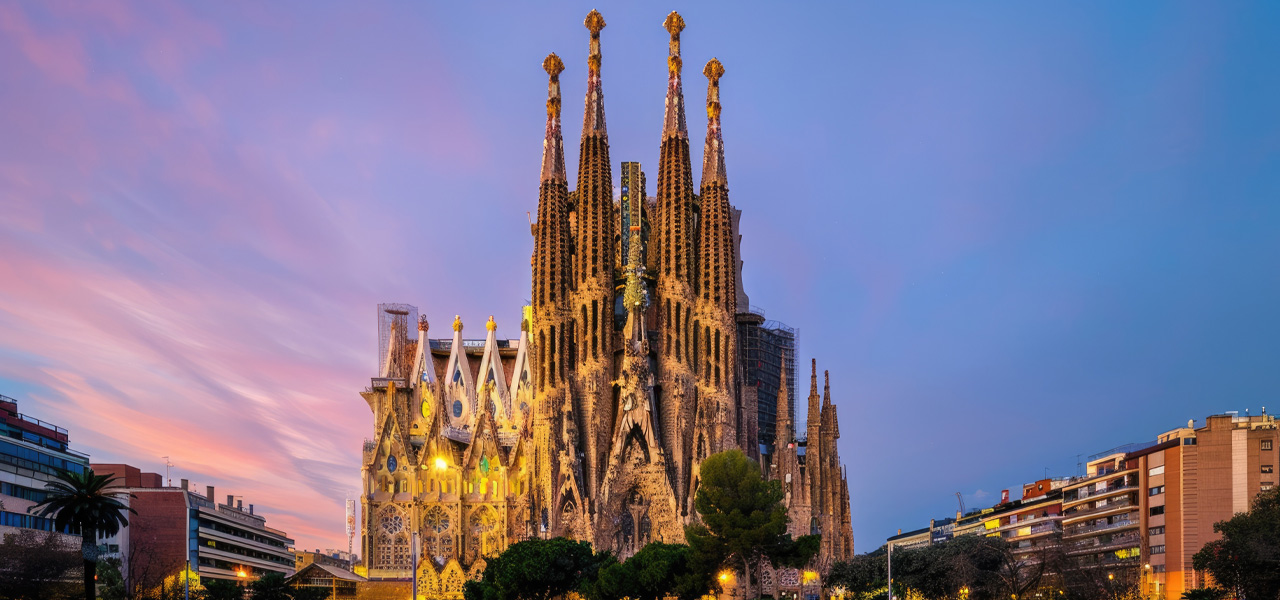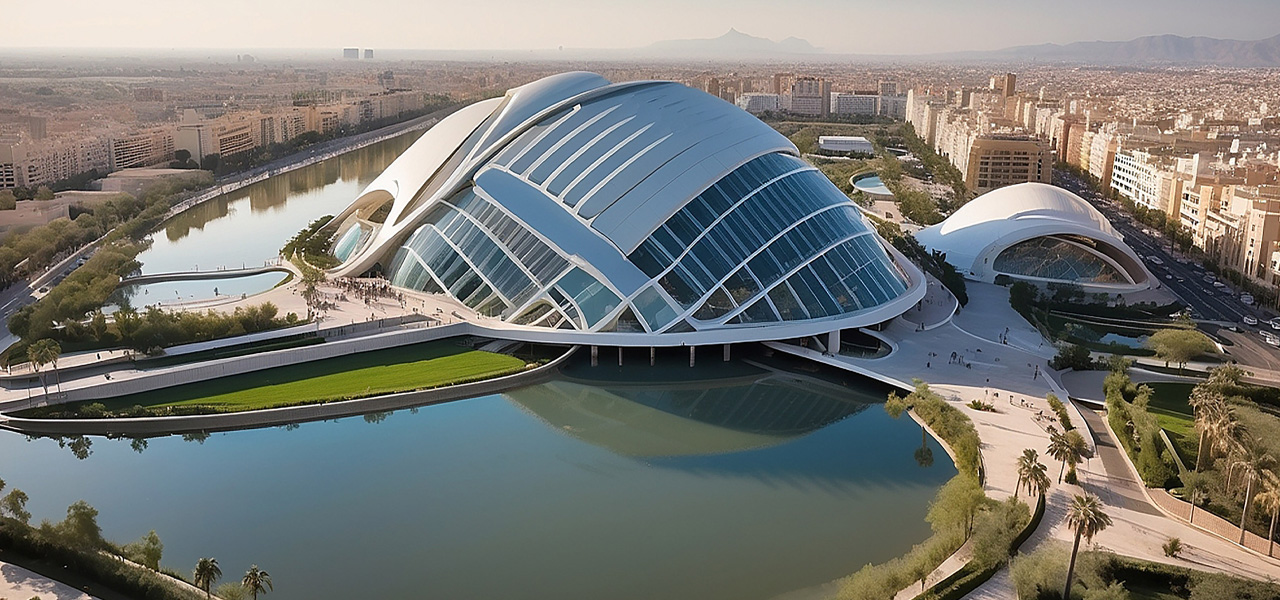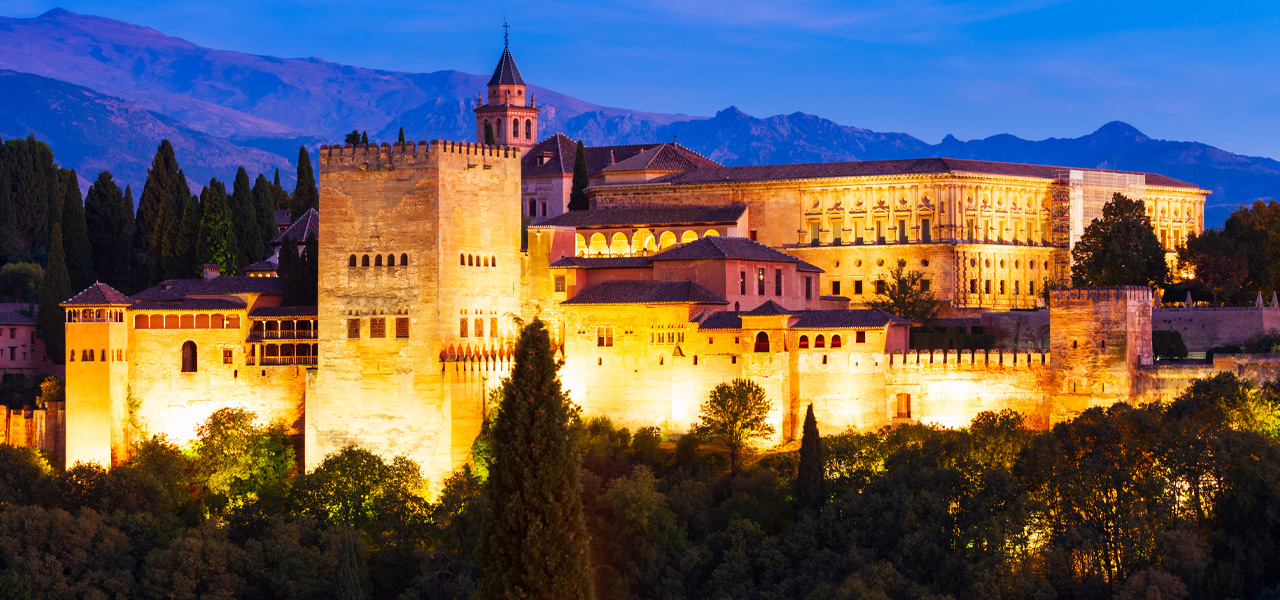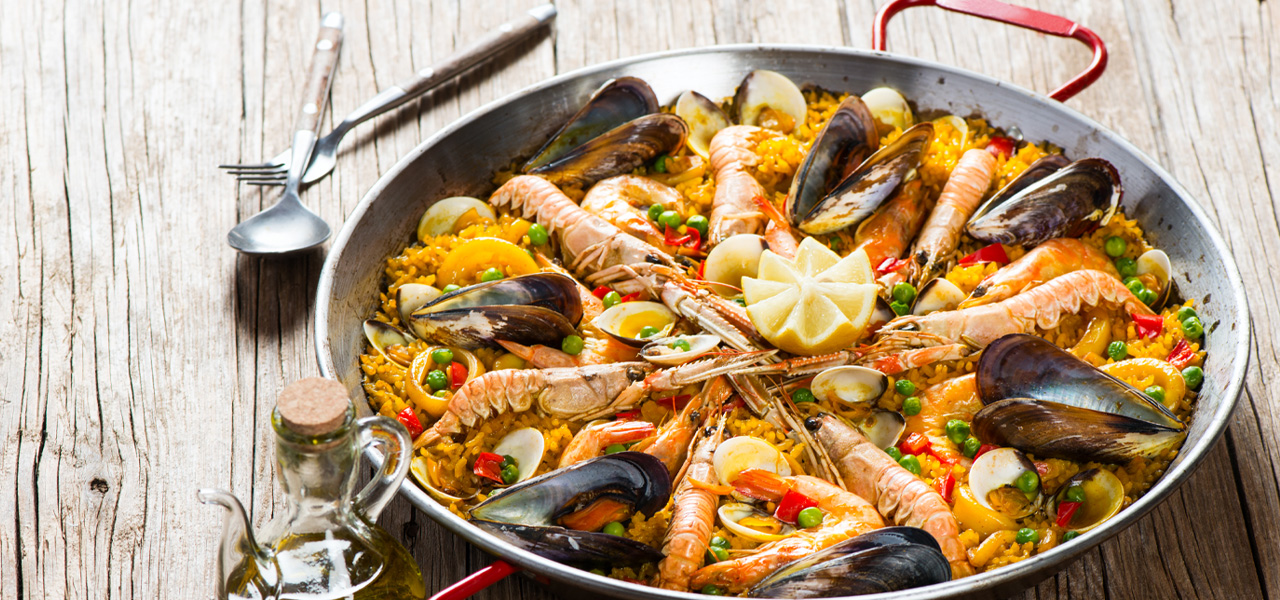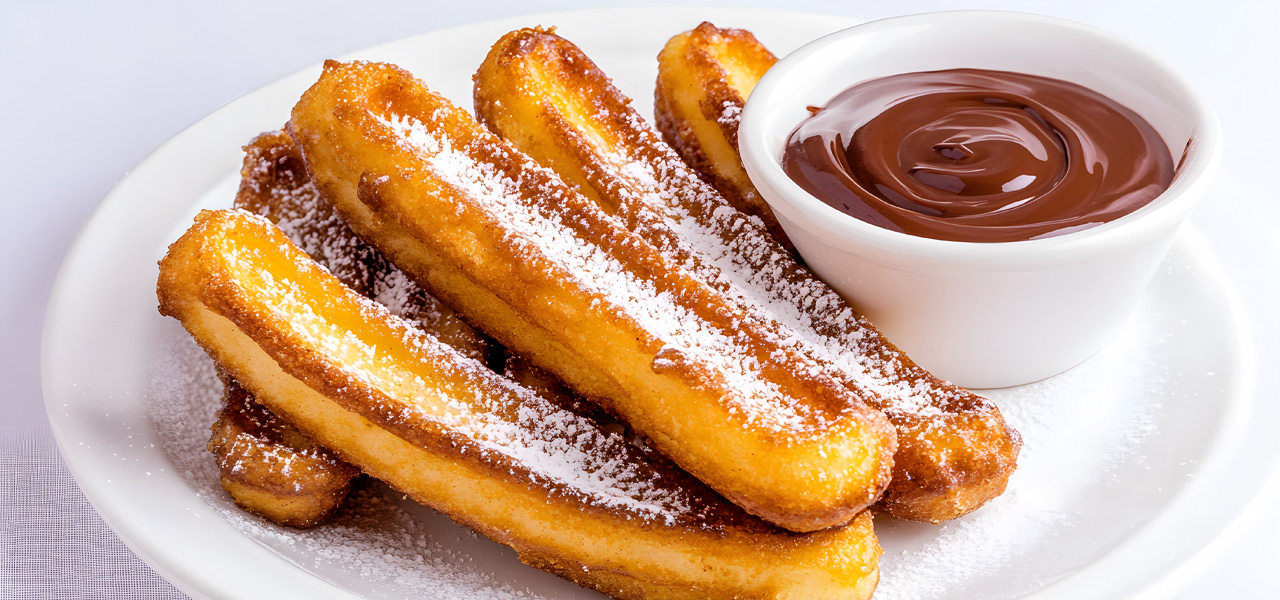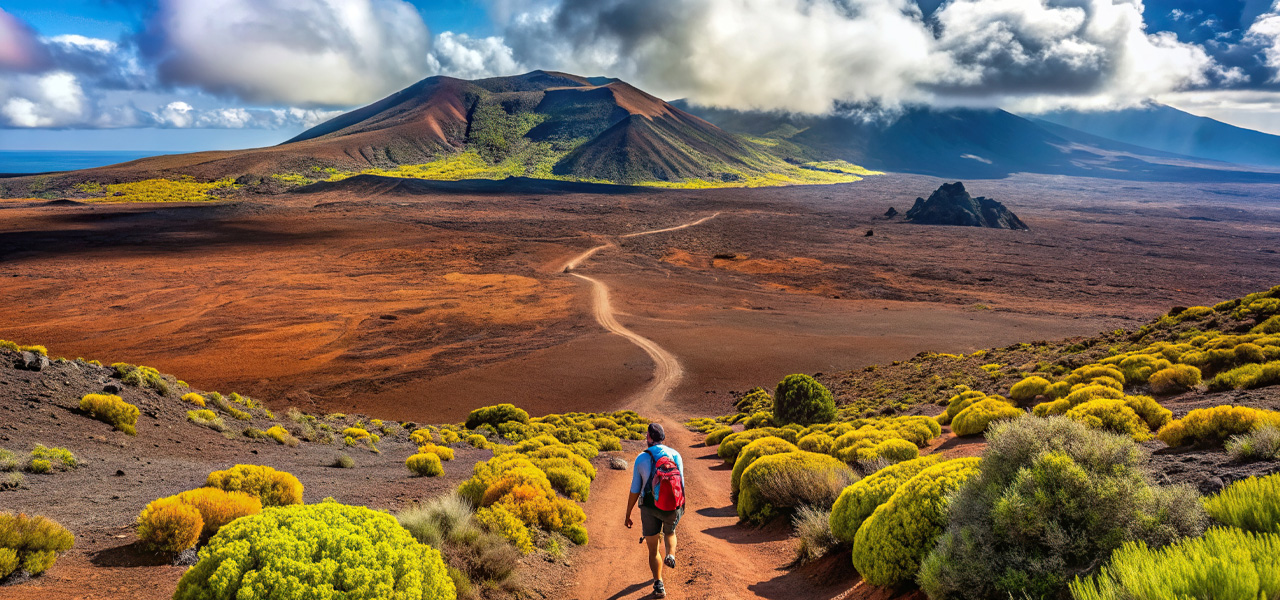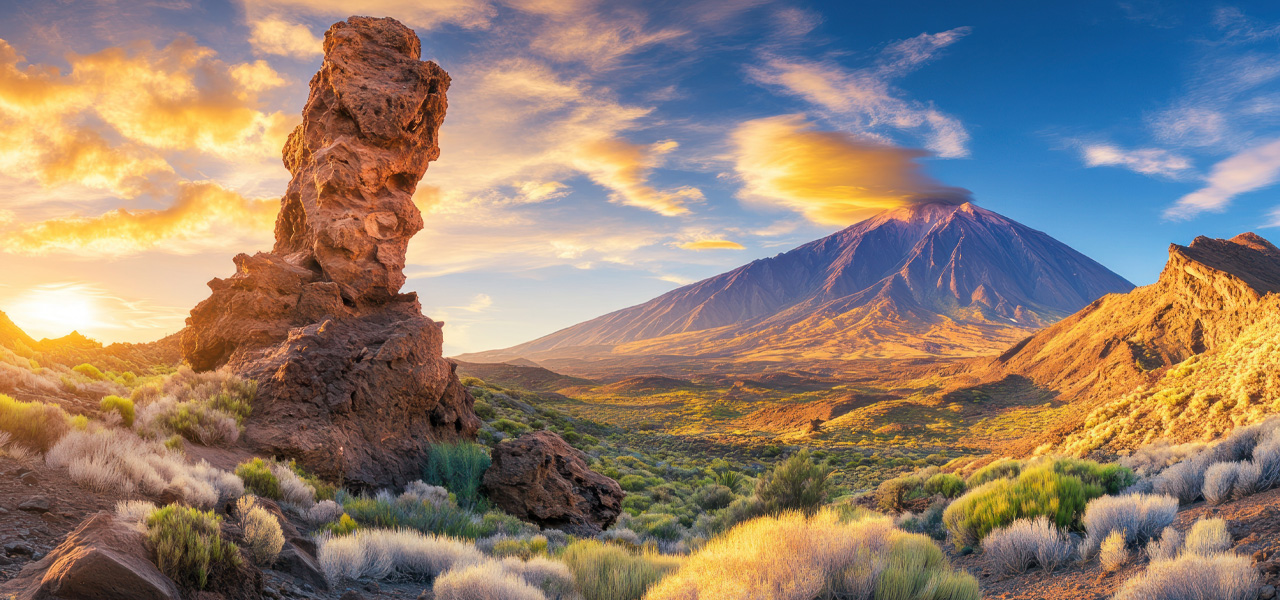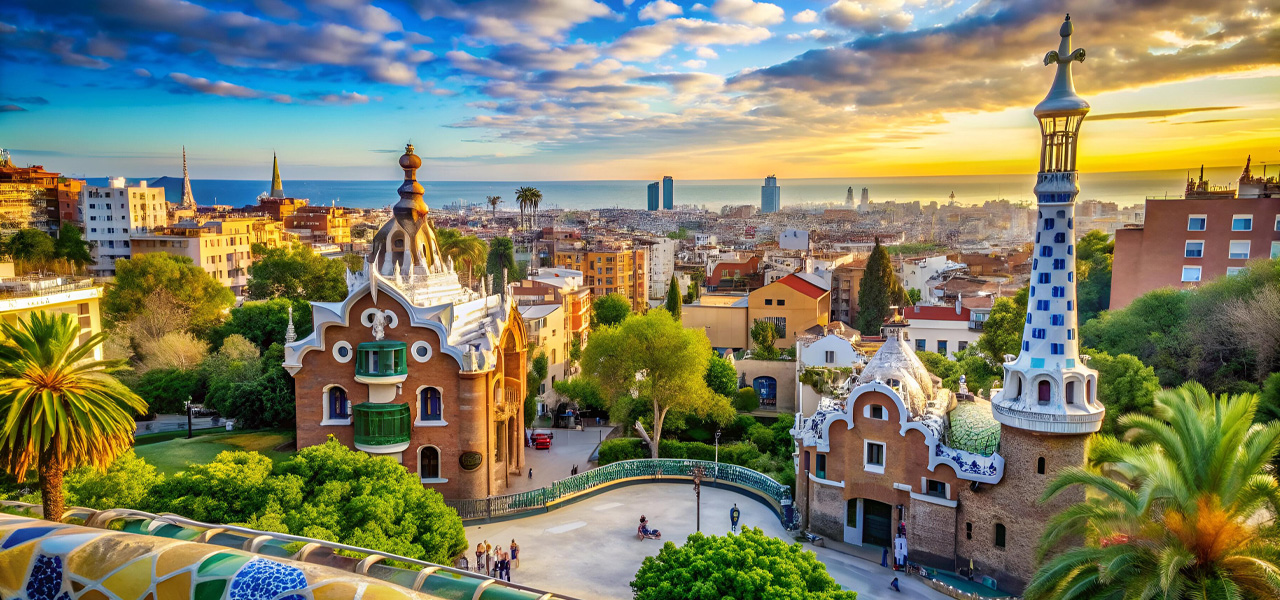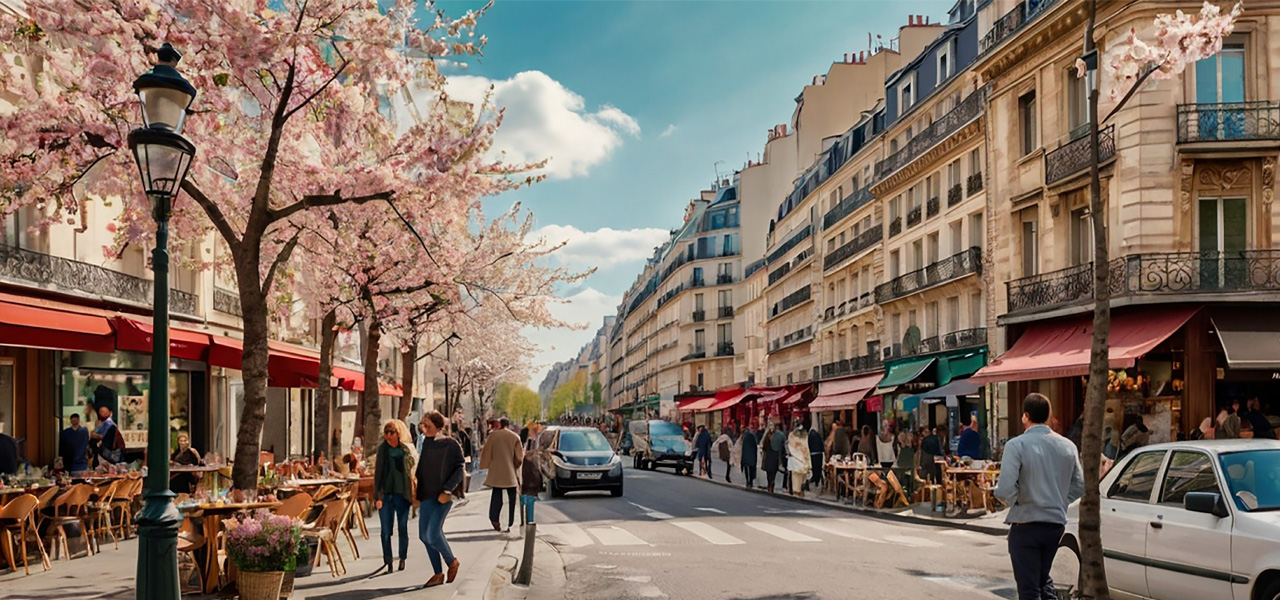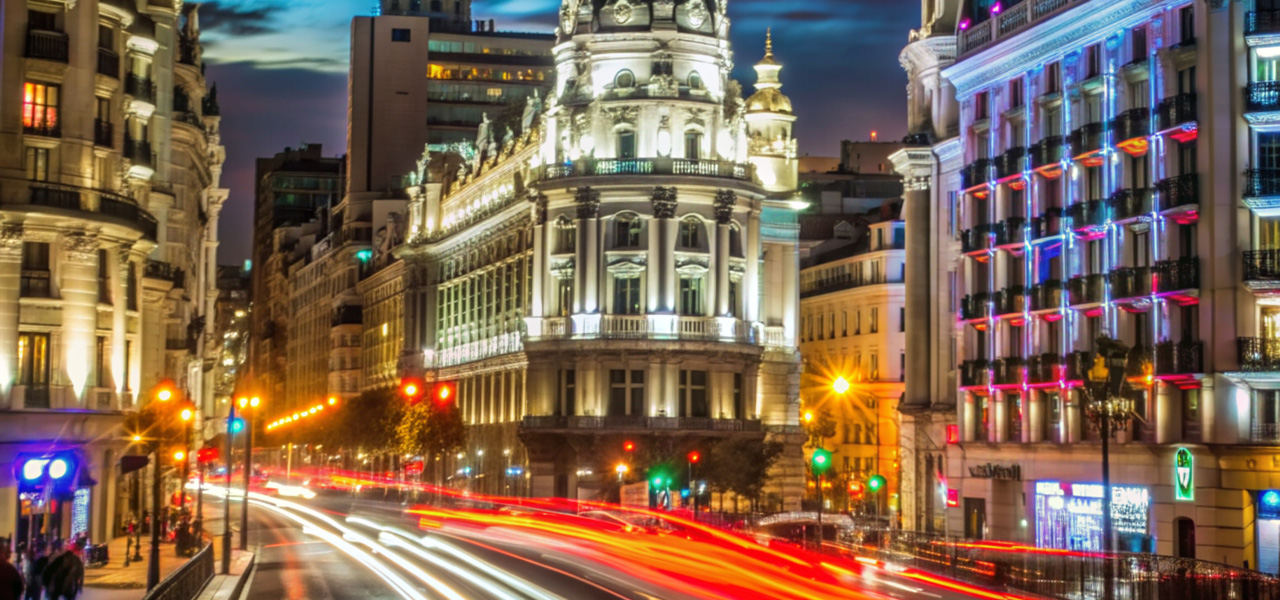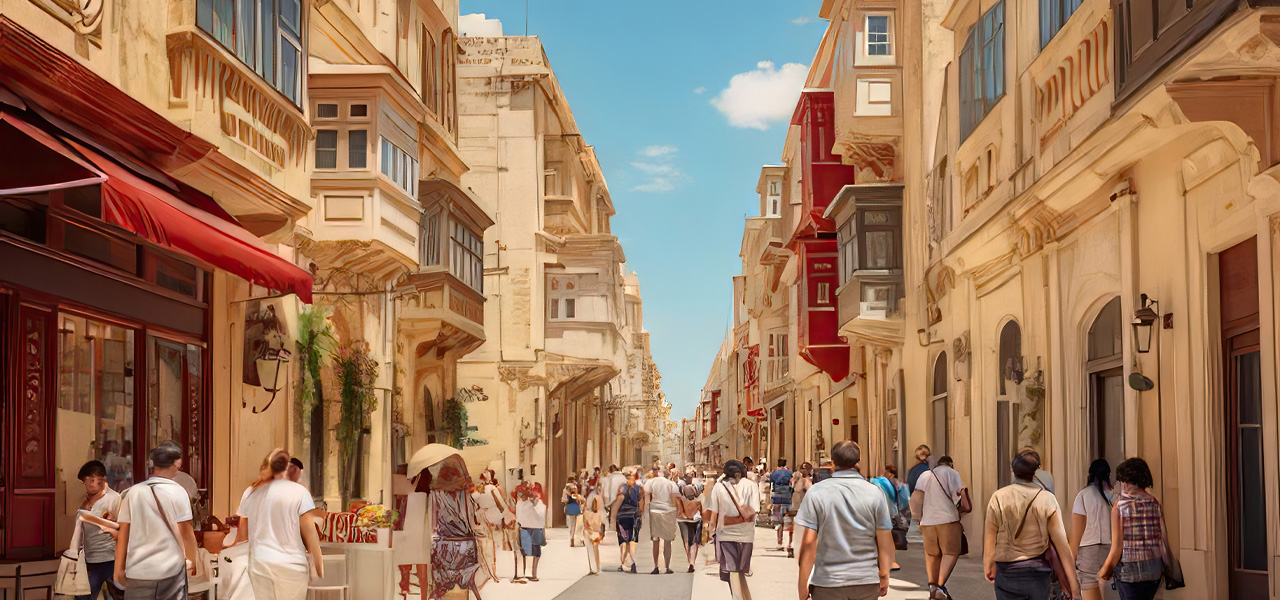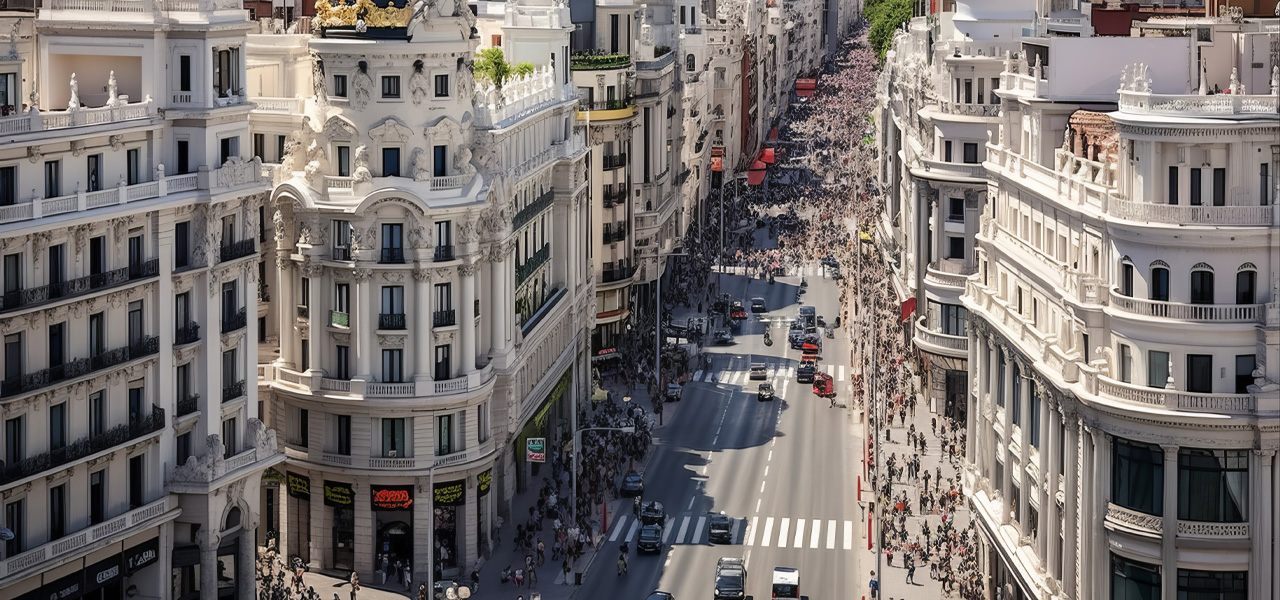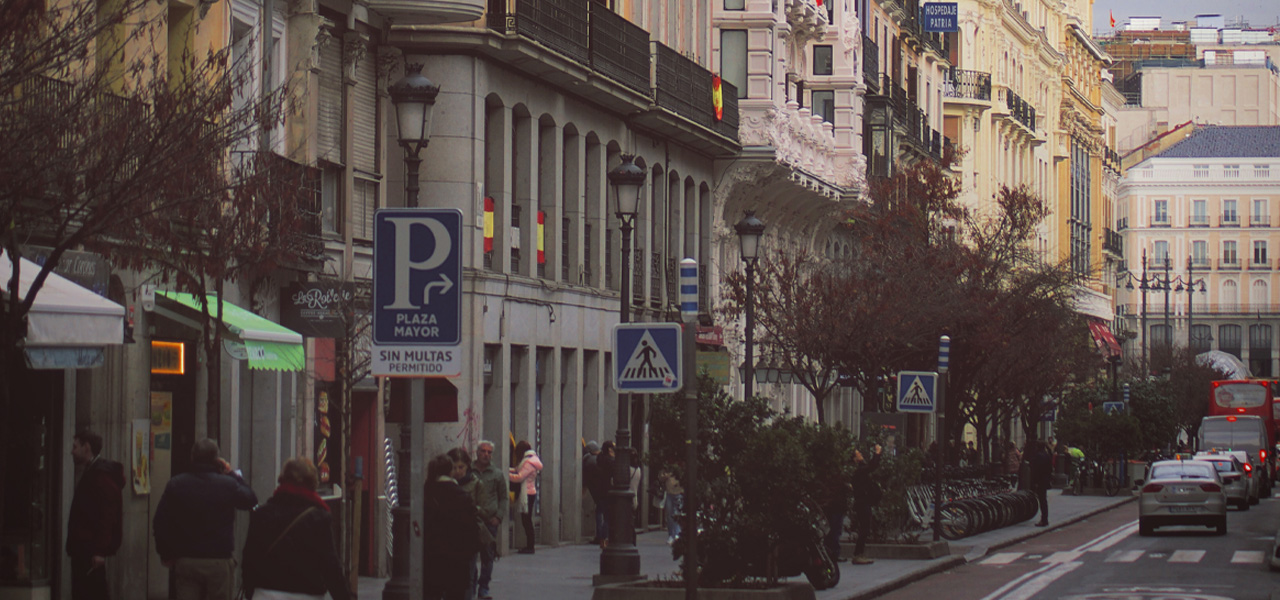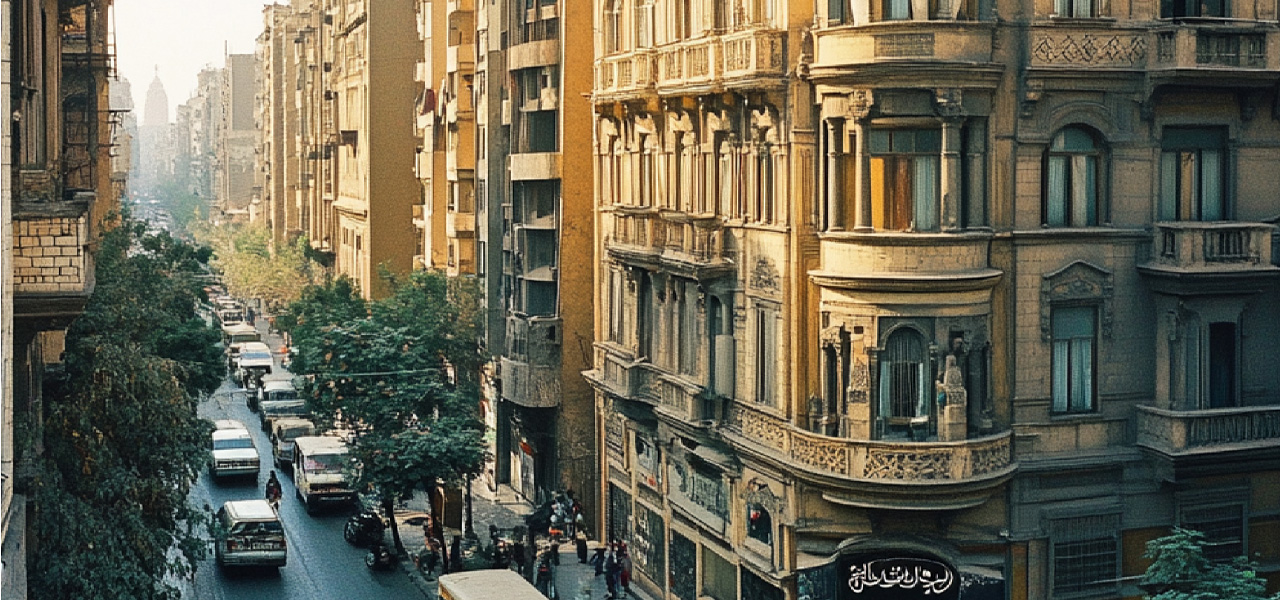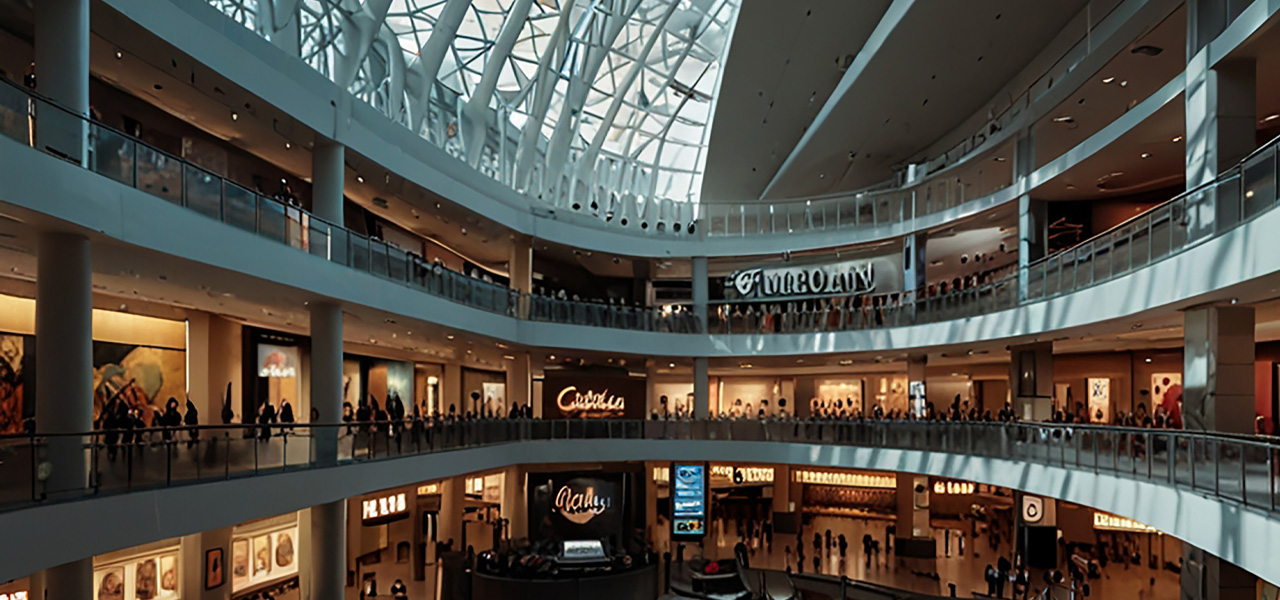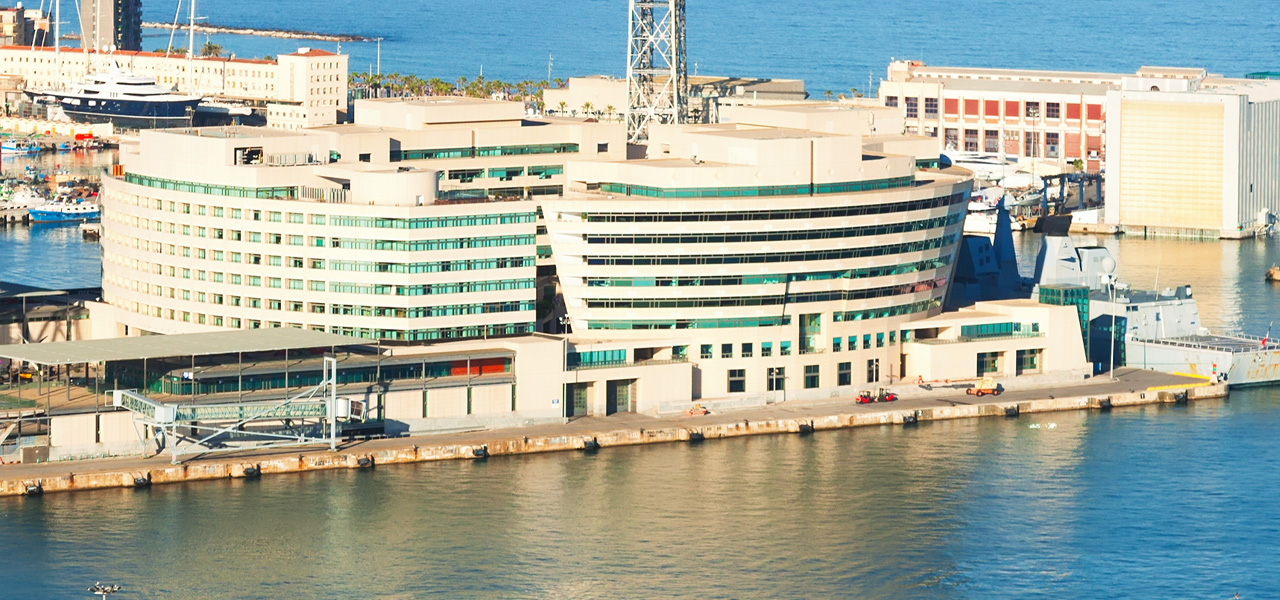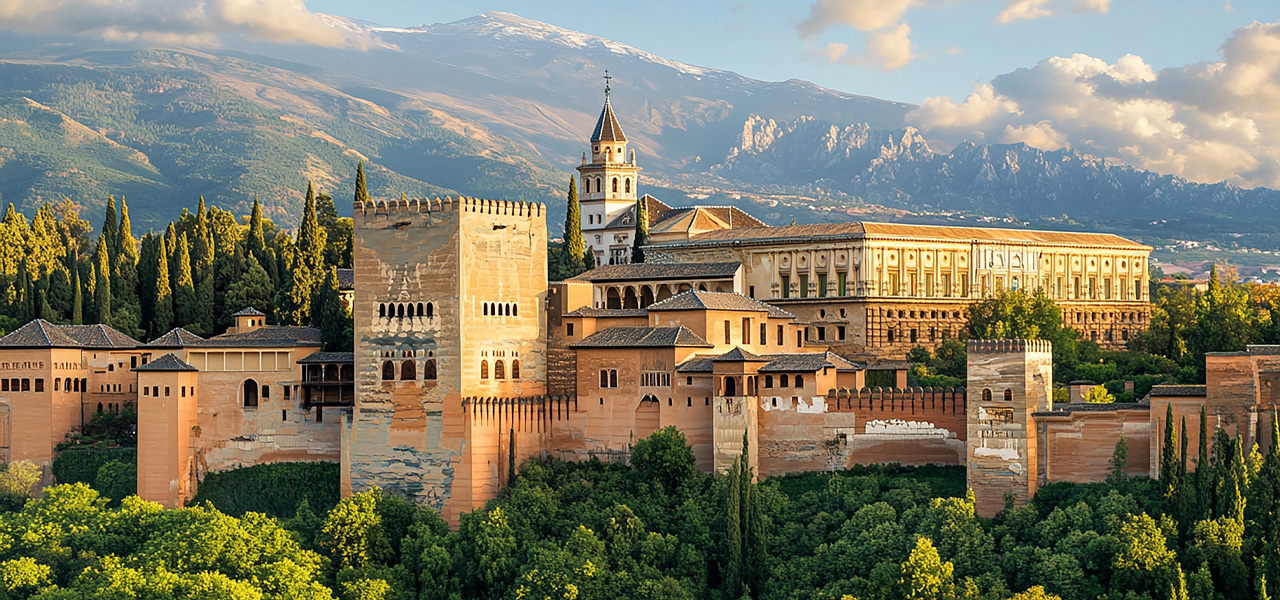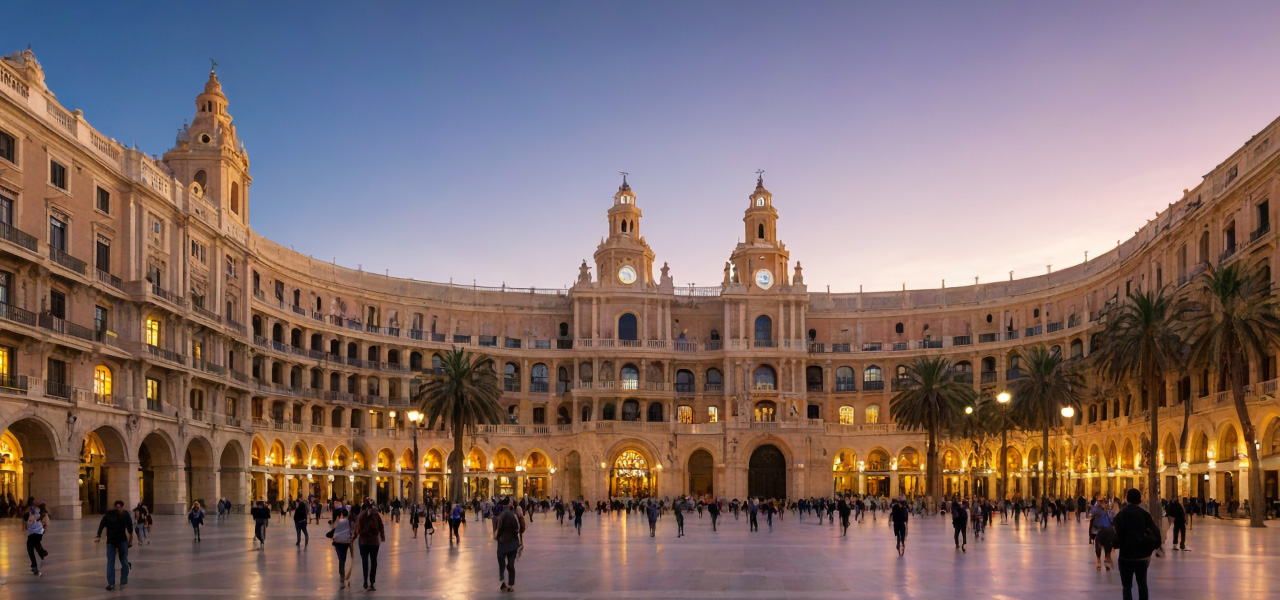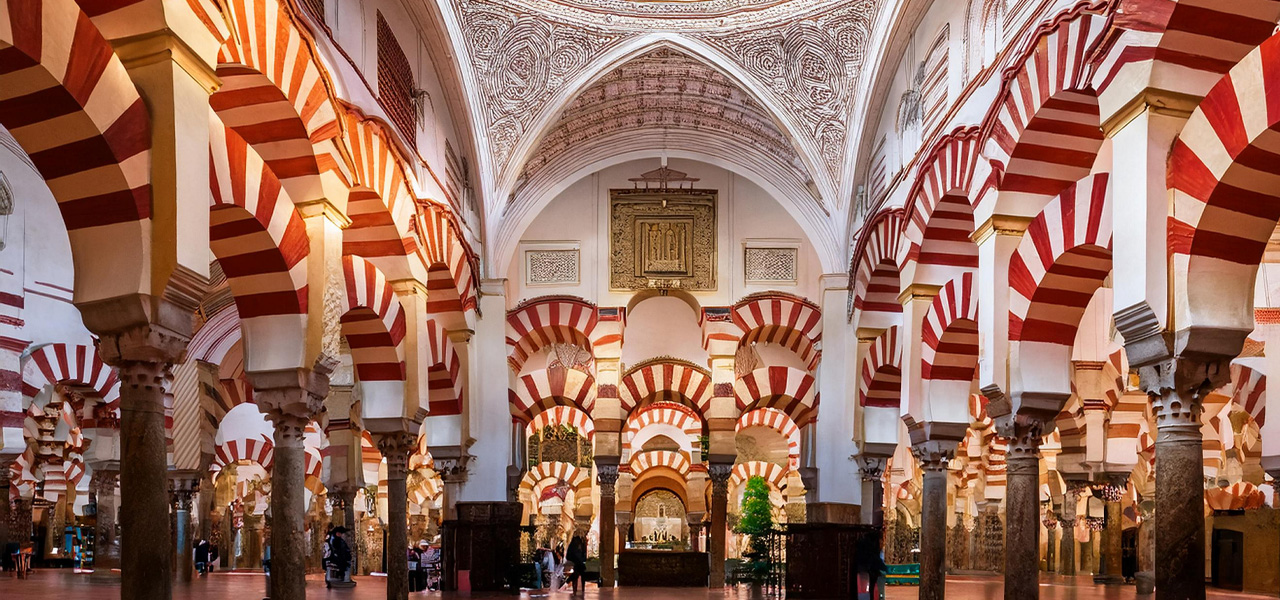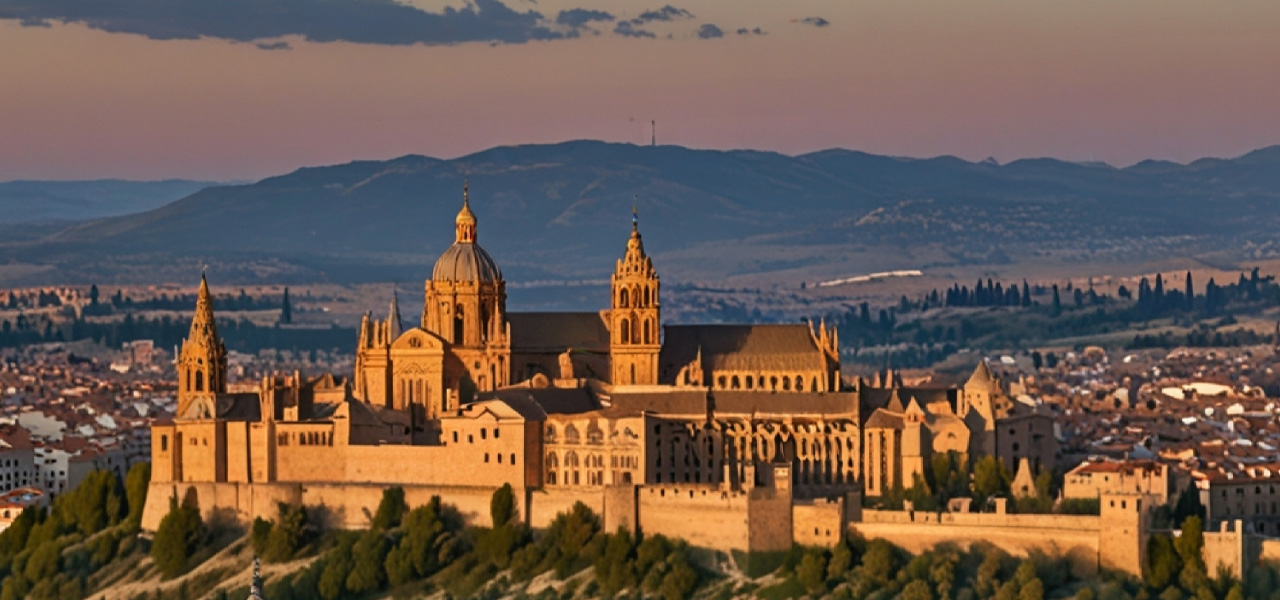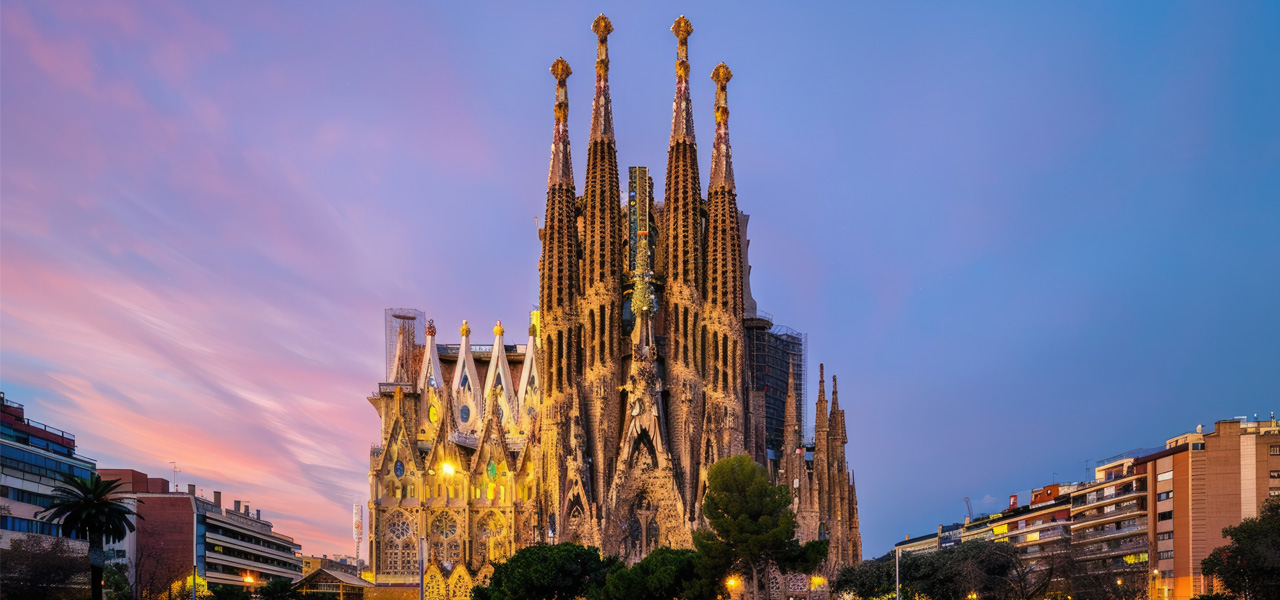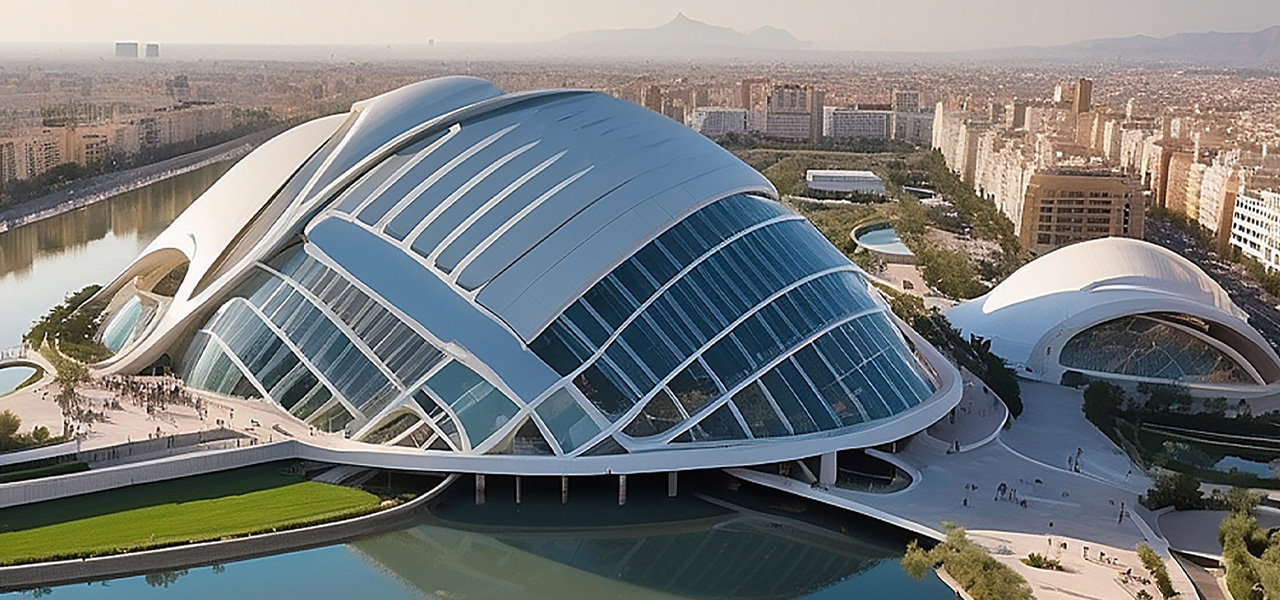Discovering Spain: A Brief History:
Spain, located in southwestern Europe, boasts a rich and diverse history that spans millennia. From ancient civilizations to modern-day cultural influences, Spain’s past has shaped its vibrant identity.The Iberian Peninsula, where Spain is situated, was inhabited by various indigenous tribes before being colonized by the Romans around 200 BC. Roman rule left a lasting imprint on Spain’s language, architecture, and infrastructure. In the 8th century AD, the Moors from North Africa conquered most of Spain, introducing Islam and creating a period of cultural flourishing known as Al-Andalus. This era saw advancements in science, medicine, and the arts.
By the late 15th century, Spain emerged as a powerful empire under the Catholic Monarchs, Ferdinand II of Aragon and Isabella I of Castile, who sponsored Christopher Columbus’s voyage to the Americas in 1492. This marked the beginning of Spain’s Golden Age, characterized by exploration, colonization, and artistic achievement.
Spain’s Unique:
Flamenco dance and bullfighting are iconic cultural expressions of Spain, showcasing passion, tradition, and artistic skill.
Famous Cities in Spain
Madrid:
Madrid, the capital city, is a bustling metropolis known for its lively atmosphere, world-class museums like the Prado and Reina Sofía, and iconic landmarks such as the Royal Palace and Puertadel Sol.
Barcelona:
Barcelona, on the northeastern coast, is celebrated for its unique blend of Gothic and modernist architecture, exemplified by Antoni Gaudí’s Sagrada Família and Park Güell. Its vibrant street life, Mediterranean beaches, and bustling markets add to its allure.
Seville:
Seville, in southern Spain, is famous for its Moorish architecture, especially the Alcázar of Seville and the Giralda tower. It’s also renowned for flamenco dancing, lively festivals like Semana Santa and Feria de Abril, and its delicious cuisine.
Valencia:
Valencia, on the eastern coast, is known for its futuristic City of Arts and Sciences, beautiful beaches, and the traditional dish paella. Its historic center, Barrio del Carmen, and lively nightlife make it a popular destination.
Granada:
Granada, located in Andalusia, is famous for the Alhambra, a stunning Moorish palace complex overlooking the city. The blend of Islamic and Christian influences, picturesque Albaicín neighborhood, and breathtaking Sierra Nevada backdrop attract visitors from around the globe.
Famous Foods of Spain
Paella:
Originating from Valencia, paella is a saffron-infused rice dish cooked with a variety of ingredients such as seafood, chicken, rabbit, and vegetables. It’s a symbol of Spanish cuisine known for its vibrant colors and robust flavors.
Tapas:
Tapas are small, savory dishes traditionally served alongside drinks in bars and taverns across Spain. They range from simple olives and almonds to more elaborate dishes like patatas bravas (fried potatoes with spicy tomato sauce) and tortilla española (potato omelette).
Jamon Ibérico:
Considered one of the finest hams in the world, Jamon Ibérico comes from acorn-fed Iberian pigs. Its rich, nutty flavor and melt-in-your-mouth texture make it a prized delicacy.
Gazpacho:
Gazpacho is a refreshing cold soup made from tomatoes, cucumbers, peppers, onions, garlic, bread, olive oil, and vinegar. It’s perfect for hot summer days and showcases the fresh ingredients typical of Mediterranean cuisine.
Churros con Chocolate:
Churros are deep-fried dough pastries dusted with sugar, often served with a thick, rich hot chocolate dipping sauce. This indulgent treat is popular for breakfast or as a snack throughout Spain.
Famous Parks in Spain
Parque Nacional de Doñana :
Located in Andalusia, Doñana National Park is a UNESCO World Heritage site known for its biodiversity. It features marshlands, dunes, and lagoons that provide habitats for numerous bird species, including flamingos and Spanish imperial eagles.
Parque Nacional del Teide:
Situated on Tenerife, the largest of the Canary Islands, Teide National Park is dominated by Mount Teide, Spain’s highest peak. The park’s volcanic landscapes, including lava fields and rugged mountains, offer breathtaking views and unique flora adapted to the harsh conditions.
Parque Nacional de Sierra Nevada:
southern Spain, Sierra Nevada National Park is famous for its snow-capped peaks, including Mulhacén, the highest mountain in mainland Spain. The park’s alpine meadows, forests, and glacial lakes attract hikers, skiers, and nature enthusiasts year-round.
Parque Güell:
Located in Barcelona, Parque Güell is a UNESCO-listed park designed by architect Antoni Gaudí. Known for its whimsical architecture, colorful mosaics, and lush gardens, it offers panoramic views of the city and is a testament to Gaudí’s creative genius.
Parque del Retiro:
Madrid’s Parque del Retiro is a beloved urban park featuring formal gardens, fountains, and the iconic Crystal Palace. Visitors can row boats on the park’s lake, visit art exhibitions, or simply relax amid its peaceful surroundings, making it a popular retreat in the heart of the city.
Famous Streets in Spain
La Rambla (Barcelona):
La Rambla is Barcelona’s most famous boulevard, stretching from Place de Catalunya to the waterfront. Lined with cafes, shops, street performers, and markets, it buzzes with activity day and night, offering a vibrant glimpse into Catalan culture.
Gran Vía (Madrid):
Gran Vía is Madrid’s main thoroughfare, known for its stunning architecture, theaters, and bustling atmosphere. It’s a hub of shopping, dining, and entertainment, with landmarks such as the Metropolis Building and Plaza de España.
Calle Larios (Málaga):
Calle Larios is the main street in Málaga’s historic center, famous for its elegant architecture, shops, and cafes. It hosts festivals and cultural events, making it a lively focal point for locals and tourists alike.
Paseo de Gracia (Barcelona):
Paseo de Gracia is a prestigious avenue in Barcelona lined with upscale boutiques, modernist buildings like Casa Batlló and La Pedrera (by Gaudí), and luxury hotels. It’s a showcase of Catalan modernism and architectural splendor.
Calle Mayor (Madrid):
Calle Mayor is one of Madrid’s oldest streets, dating back to the 15th century. It runs from Puertadel Sol to the Royal Palace, passing landmarks such as Plaza Mayor and San Miguel Market. Its historic buildings and charming atmosphere capture the essence of old Madrid.
Famous Shopping Malls in Spain
La Maquinista (Barcelona):
La Maquinista is one of Barcelona’s largest open-air shopping centers, featuring over 230 stores ranging from international brands to local boutiques. It offers a relaxed shopping environment with restaurants, a cinema, and entertainment options.
El Corte Inglés (Madrid):
El Corte Inglés is Spain’s largest department store chain, with multiple locations in Madrid and across the country. The flagship store in Madrid’s city center on Gran Vía is a landmark offering a wide range of products from fashion and cosmetics to gourmet food.
Centro ComercialModa Shopping (Madrid):
Located in the heart of Madrid’s financial district, Moda Shopping is known for its high-end fashion boutiques and designer stores. It caters to fashion-conscious shoppers looking for luxury brands and exclusive shopping experiences.
Maremagnum (Barcelona):
Maremagnum is a waterfront shopping mall in Barcelona’s Port Vell area, offering stunning views of the Mediterranean Sea. It features a mix of fashion stores, restaurants, and a cinema, making it a popular destination for both locals and tourists.
Centro Comercial Serrano 52 (Madrid):
Serrano 52 is a boutique shopping center located in Madrid’s upscale Salamanca district, known for its designer boutiques, jewelry stores, and gourmet food shops. It’s a favorite among affluent shoppers looking for luxury goods and personalized service.
Famous Historical Places in Spain
Alhambra (Granada):
The Alhambra is a breathtaking palace and fortress complex dating back to the 13th century. Located in Granada, it showcases stunning Islamic architecture with intricate tile work, ornate ceilings, and beautiful gardens, offering a glimpse into Spain’s Moorish past.
Sagrada Família (Barcelona):
Antoni Gaudí’s masterpiece, the Sagrada Família, is an iconic basilica in Barcelona. Construction began in 1882 and continues today, featuring a blend of Gothic and Art Nouveau styles. Its intricate façades and towering spires make it a symbol of Catalan modernism and architectural innovation.
Plaza Mayor (Madrid):
Plaza Mayor is Madrid’s main square, dating back to the 17th century. Surrounded by elegant red-brick buildings with balconies overlooking the square, it has been a center of festivities, markets, and royal ceremonies throughout history.
Mezquita-Catedral (Córdoba):
The Mezquita-Catedral is a unique mosque-cathedral in Córdoba, originally built as a mosque in the 8th century during Islamic rule. It features stunning Moorish architecture with a forest of columns and arches, showcasing the blend of Islamic and Christian cultures in Spain.
El Escorial (San Lorenzo de El Escorial):
El Escorial is a vast royal palace and monastery complex near Madrid, built in the 16th century under King Philip II. It serves as a symbol of the Spanish monarchy and houses a basilica, royal tombs, an art museum, and a library, reflecting Spain’s Golden Age of cultural and architectural achievements.
Experiencing Spain’s Cultural Riches
Flamenco Dance and Music:
Immerse yourself in the passionate rhythms and expressive movements of flamenco, a traditional Spanish art form originating from Andalusia. Witnessing a live performance or even trying a dance class offers insight into its deep emotional resonance.
Gastronomic Delights:
Savor Spain’s culinary treasures through tapas, small dishes meant for sharing, which range from simple olives to gourmet creations. Each region boasts its specialties, such as paella in Valencia or pintxos in Basque Country, providing a culinary journey across the country.
Architectural Marvels:
Explore Spain’s architectural wonders, from the intricate Moorish palaces of Alhambra in Granada to the surreal SagradaFamília in Barcelona by AntoniGaudí. These landmarks blend centuries-old craftsmanship with innovative designs, showcasing Spain’s artistic evolution.
Festivals and Celebrations:
Participate in vibrant festivals like Las Fallas in Valencia or Semana Santa in Seville, where tradition, music, and elaborate processions bring communities together in colorful displays of culture.
Art and Museums:
Discover Spain’s artistic legacy through world-renowned museums like the Prado in Madrid, home to masterpieces by Velázquez and Goya, or the Guggenheim Museum Bilbao, showcasing contemporary art within an architectural marvel by Frank Gehry.
Conlution:
In conclusion, Spain stands as a country of extraordinary diversity, blending its rich history, vibrant culture, and breathtaking landscapes into a tapestry that captivates visitors worldwide. From the architectural marvels of Alhambra and SagradaFamília to the passion of flamenco and the culinary delights of tapas, Spain offers a myriad of experiences that appeal to every traveler. Whether exploring ancient cities, indulging in world-class cuisine, or immersing oneself in lively festivals, Spain leaves an indelible mark with its warmth, hospitality, and enduring charm. It’s a destination that continues to enchant and inspire all who are fortunate to experience its cultural treasures.



